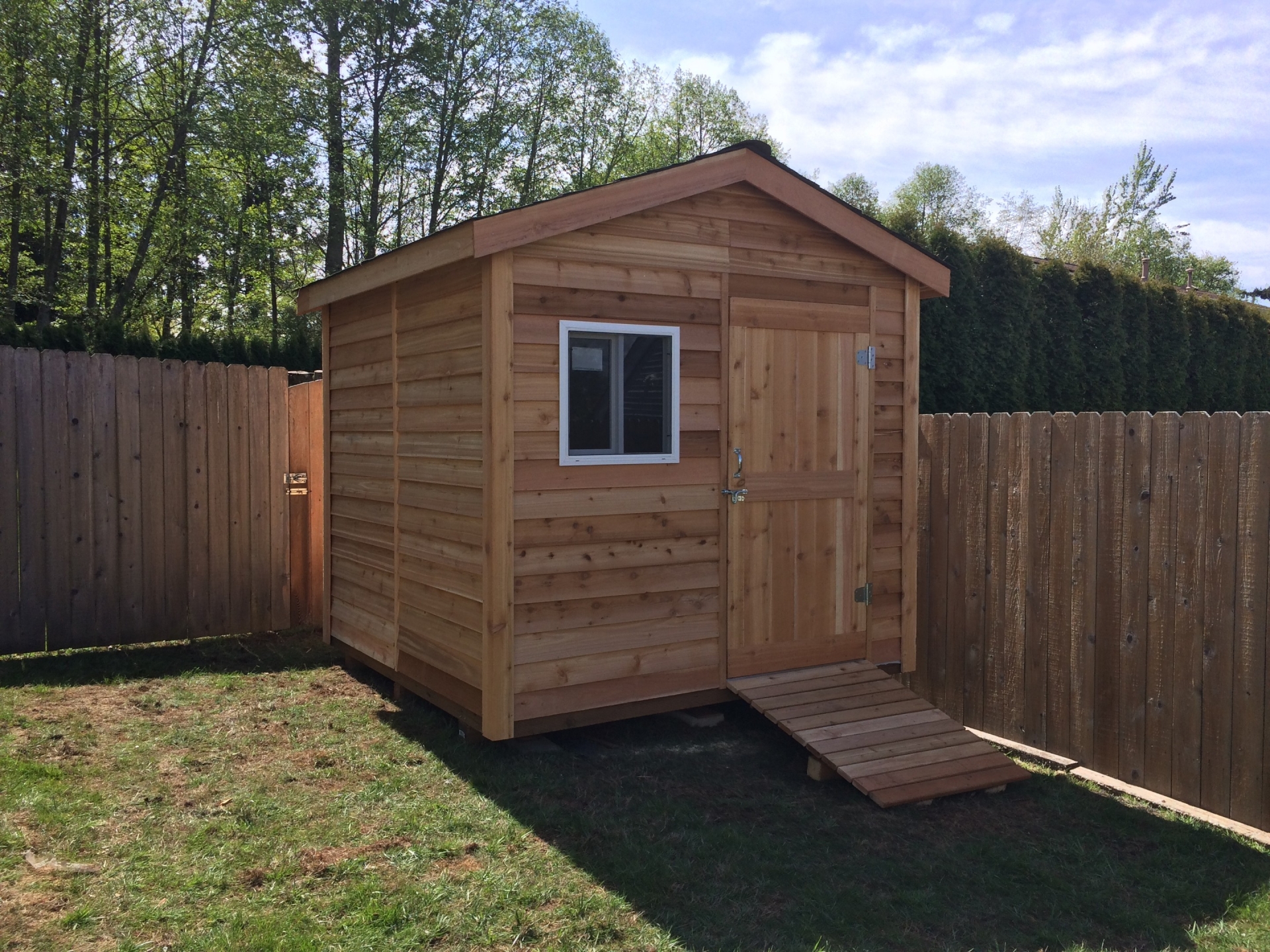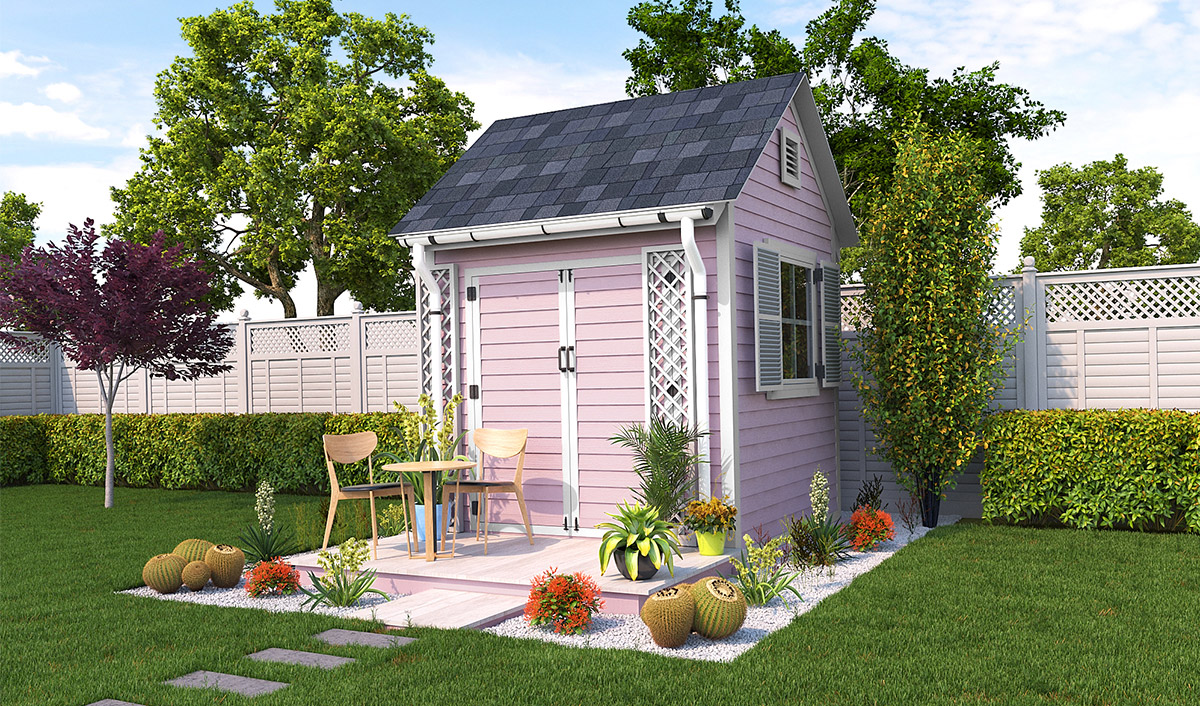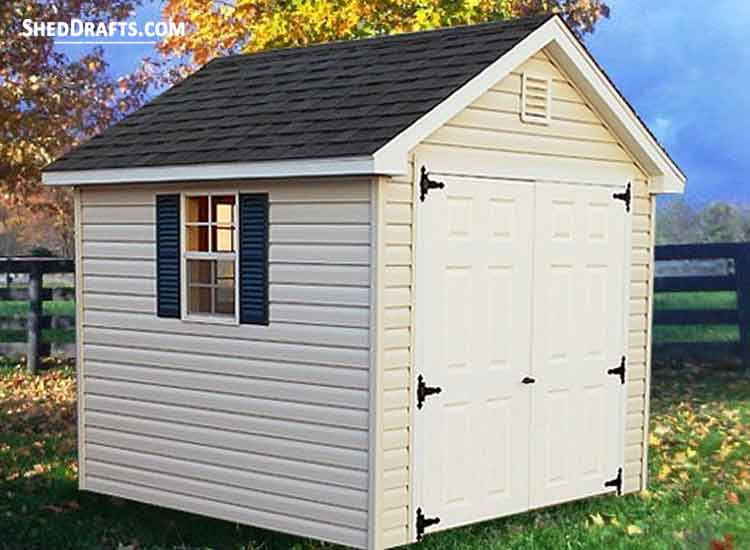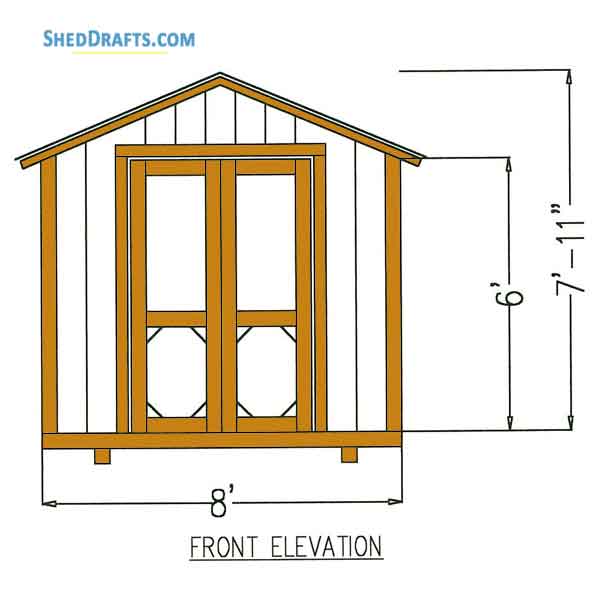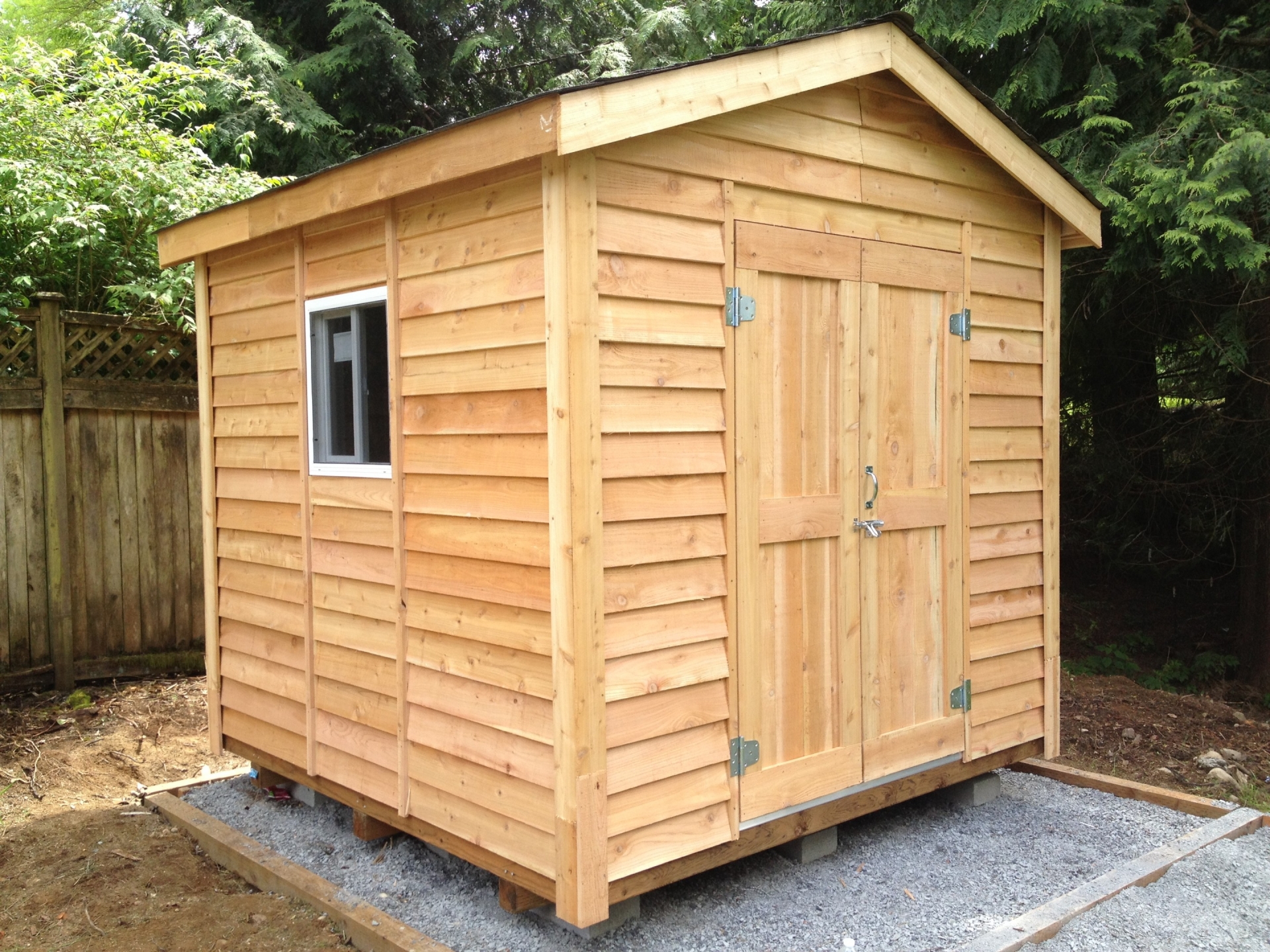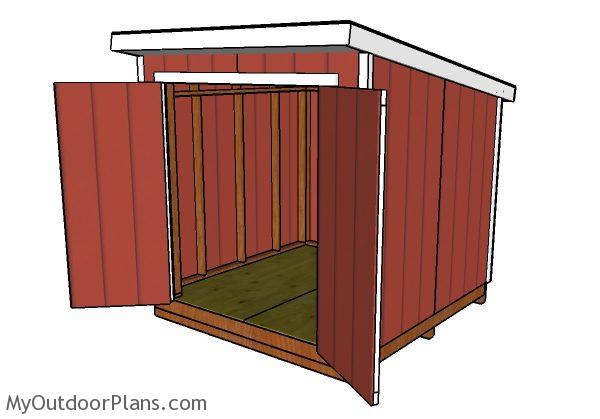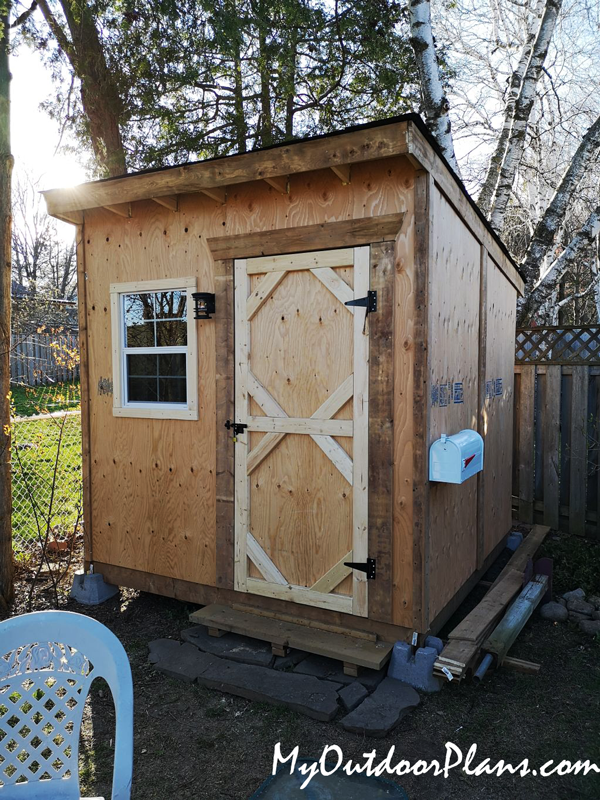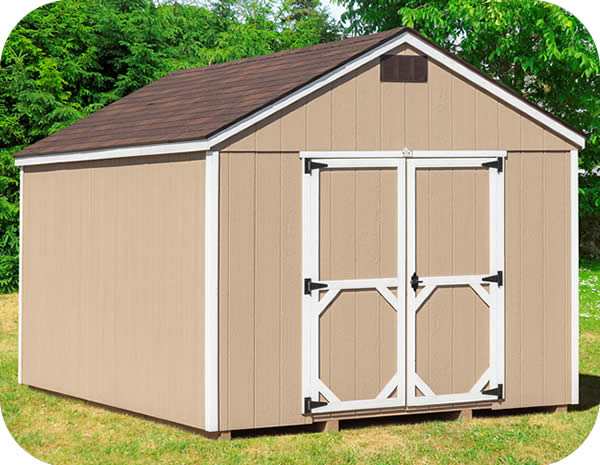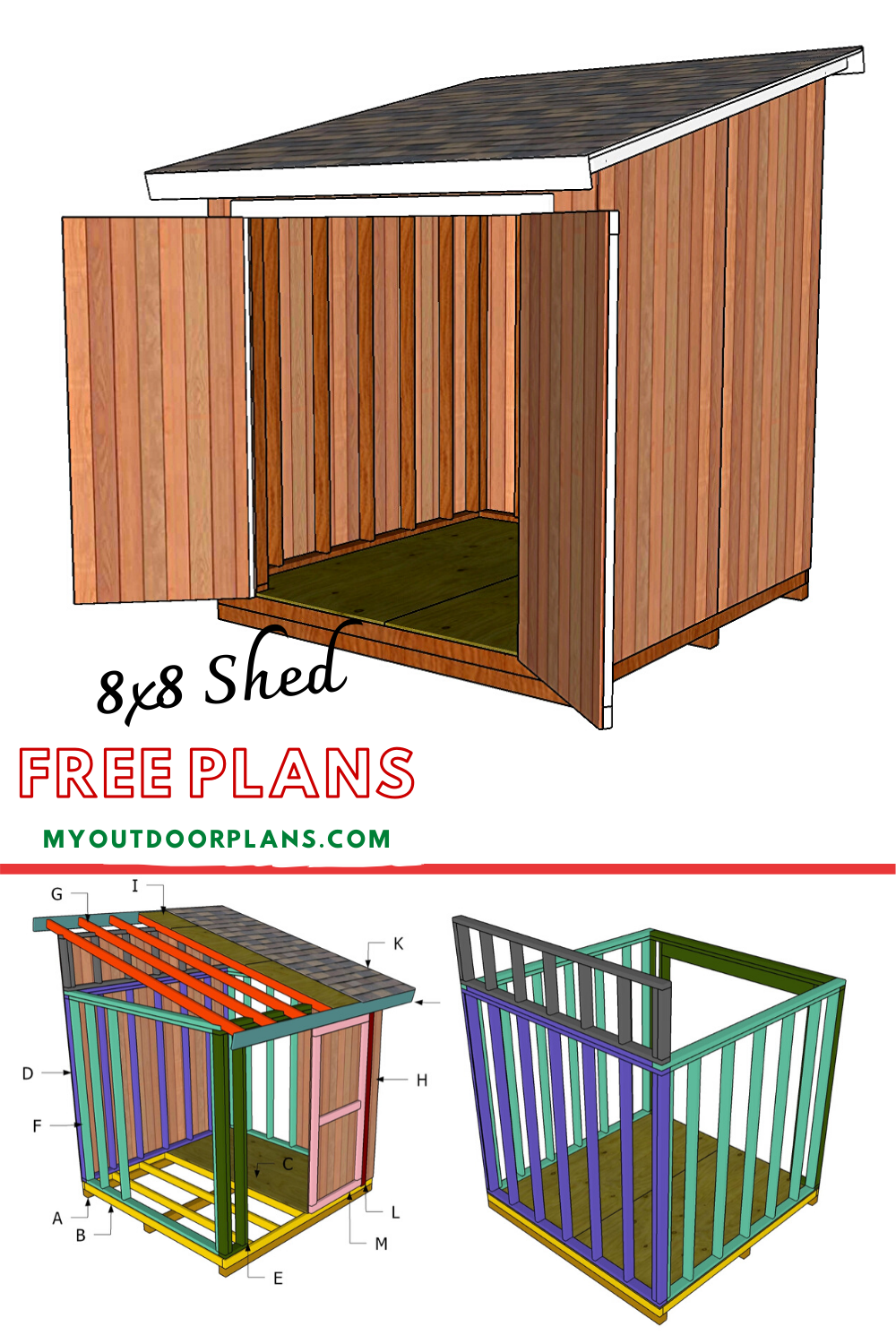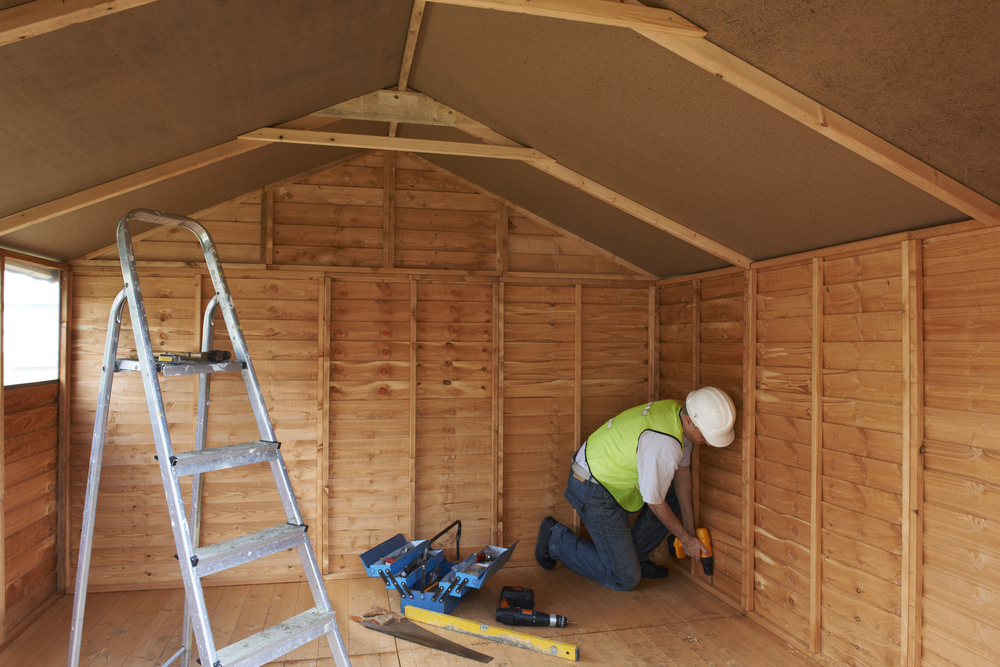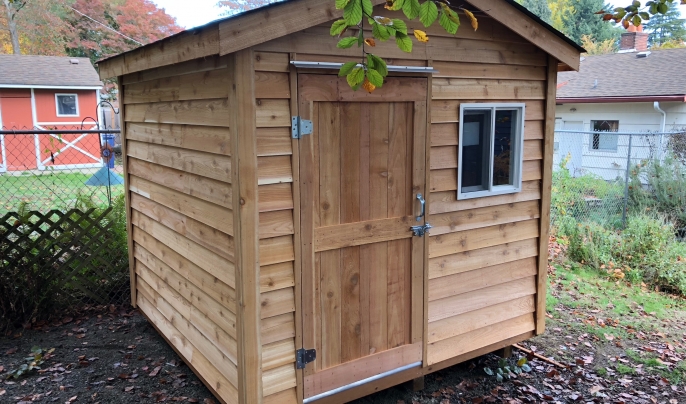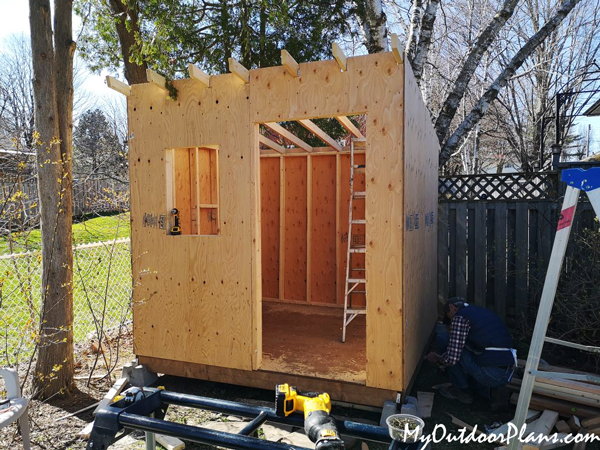How Much Does It Cost To Build A 8x8 Shed

The late afternoon sun cast long shadows across Sarah's backyard, illuminating the small patch of earth she'd meticulously cleared. Armed with graph paper and a well-worn measuring tape, she envisioned a cozy 8x8 shed, a haven for her gardening tools and a sanctuary from the unpredictable weather. But amidst the dreams of organized trowels and neatly stacked terracotta pots, a nagging question lingered: how much would this little slice of backyard paradise actually cost?
Building an 8x8 shed offers a practical solution for storage or a small workspace, but the final price tag can vary significantly. The total cost can range from $800 to $4,000, influenced by factors like material choices (wood vs. metal), foundation type, and whether you opt for a DIY approach or professional installation. This article breaks down these cost factors to help you budget for your shed project.
Material Matters: Wood vs. Metal
The primary material significantly impacts the overall expense. Wooden sheds offer a classic aesthetic and are generally more customizable, but require more maintenance to prevent rot and insect damage. Metal sheds, on the other hand, are often cheaper upfront and require less upkeep, but may lack the charm and insulation of their wooden counterparts.
Lumber prices fluctuate, but expect to pay between $300 to $1,500 for the wood needed for an 8x8 shed, depending on the type and grade. Metal shed kits typically range from $500 to $2,000, with higher prices reflecting thicker gauge steel and more robust construction.
Foundation Fundamentals: Slab, Gravel, or Skids
A solid foundation is crucial for a long-lasting shed. Options include a concrete slab, a gravel base, or simple wooden skids. A concrete slab is the most durable and expensive, while gravel offers a more budget-friendly and permeable alternative.
A concrete slab for an 8x8 shed can cost $500 to $1,000, including materials and labor. A gravel foundation is considerably cheaper, ranging from $100 to $300 if you do it yourself. Wooden skids are the least expensive option, but may not be suitable for all soil conditions.
DIY vs. Professional Installation
Taking on the project yourself can save significantly on labor costs. However, it requires time, skill, and the right tools. Hiring a professional ensures a structurally sound and aesthetically pleasing result, but adds to the overall investment.
Professional installation can add $500 to $1,500 to the total cost. If you're comfortable with basic carpentry and have the necessary tools, DIY can save you a considerable amount. However, be sure to factor in the cost of tools you might need to purchase or rent.
Additional Expenses: Permits and Finishing Touches
Don't forget to factor in permits and finishing touches. Many municipalities require permits for sheds, and these can range from $50 to $200 or more. Also, consider the cost of paint, shingles, and any interior shelving or organization systems.
Exterior paint or stain can add another $50 to $100. Roofing materials, such as shingles, can cost $100 to $300, depending on the type and quality. Interior shelving can range from a few dollars for basic DIY options to several hundred for custom-built systems.
Breaking Down the Budget: A Hypothetical Scenario
Let's imagine Sarah opts for a wooden shed with a gravel foundation and plans to build it herself. She estimates the cost of lumber at $800, gravel at $200, and permits at $100. Adding in $100 for paint and $200 for roofing materials, her total estimated cost is $1400.
This is just an example, and your actual costs may vary. Always get multiple quotes and carefully consider your budget and skill level before starting your shed project. Check local hardware stores for current lumber prices, and contact your local municipality for permit requirements.
As Sarah meticulously measured the lumber for her shed, she realized the project was more than just building a storage space. It was about creating a functional and beautiful addition to her backyard, a testament to her hard work and resourcefulness. While the cost was a significant consideration, the satisfaction of building something with her own hands was truly priceless.

